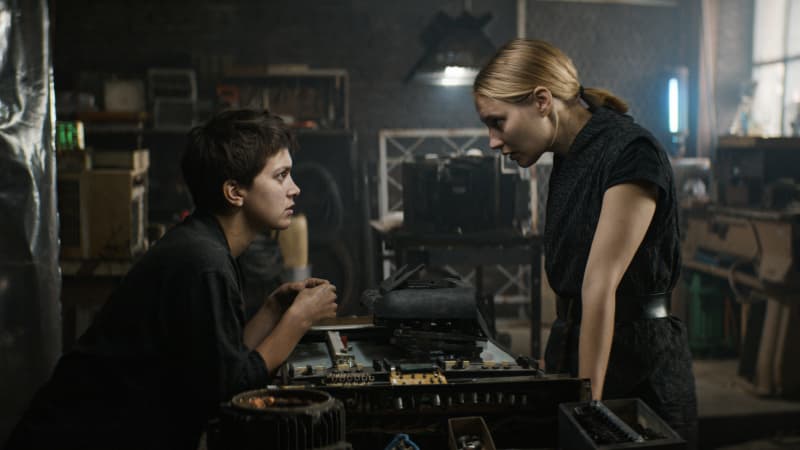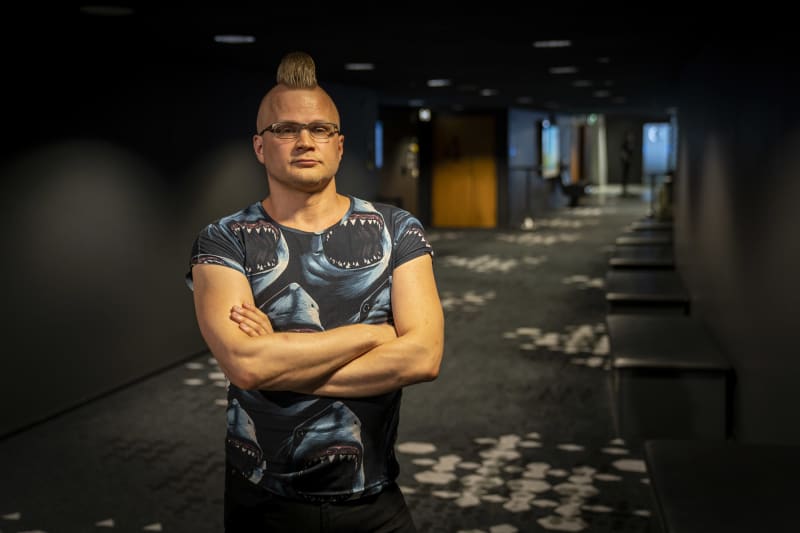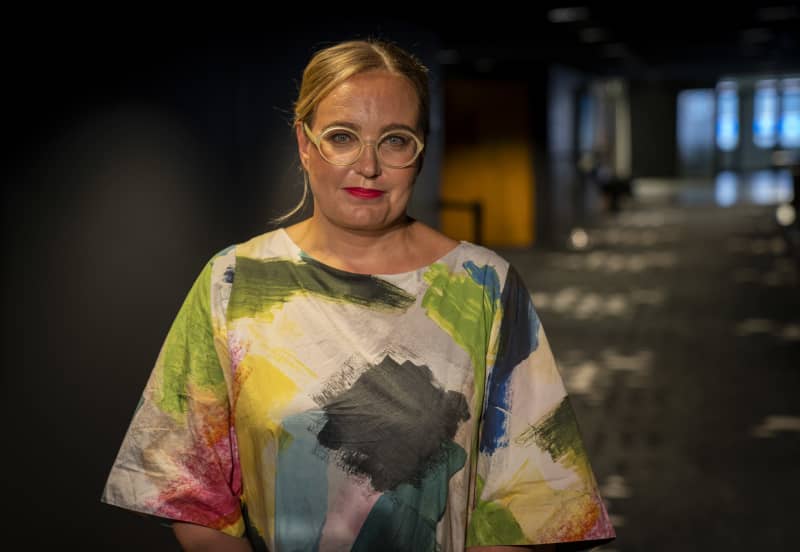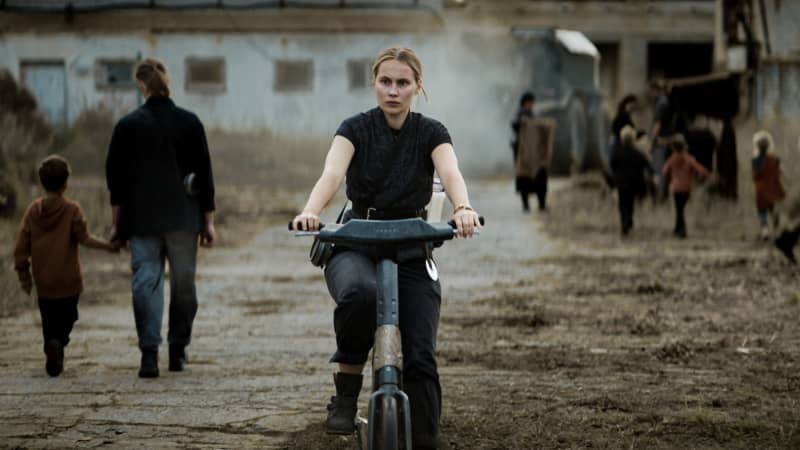No less than 12 versions of the script based on Teemestar’s book were prepared. \”The worst call was that the next version should be a million euros cheaper,\” says screenwriter Ilja Rautsi. käsikirjoittaja Ilja Rautsi sanoo.
Scandinavian Union, year 72 new era. Water is a luxury product controlled by a faceless machinery of violence.
When Noria gets a hint of clean waters in the north, she has to make a choice: accept fate or try to change the world?
_Guardian of the Water_ is a large-scale production. It is an achievement in itself to see it on the big screen.

12 versions of the script
Itäranta won the prestigious Kalevi Jänti award for the novel. The popularity meant he would be able to support himself as a freelance writer – perhaps for the rest of his life.
– They understood the core of the story and the theme. They weren’t making it into something it’s not, like forcibly twisting a very action-packed spectacle.

For Ilja Rauts, the biggest challenge was that _The Tea Master’s Book_ \”is such a good novel\”. How do you translate the beautiful prose that focuses on the inner world of the main character into a form that works in the film?
– The reader creates his own image of the world and the character, and it is in that language, while the film has to be transformed into drama and action. Here is the initial prediction reaction that \”the book was better\”.
A science fiction film worth millions of euros is not made entirely with domestic money, so help must be sought from abroad. Multi-country co-production, on the other hand, means ruthless coordination between countries and financiers. Budgets, filming locations and the language of the film may vary until the end.
– The worst call was that the next version should be a million euros cheaper, Rautsi says and grins.
– It became an interesting challenge.
_Guardian of the Water_ was eventually made with a budget of 3.8 million euros, which is a lot for Finns, but not record-breaking. _Pahanhautoja_ (2022), also written by Rautsi, cost about the same. Money came from Finland, Germany, Estonia and Norway. The film was shot in the fall of 2020, and the premiere is now in September after the corona restrictions have finally eased.
_Teemastarin kirja_ (2012) was an ecocritical work connected to the existing climate crisis. In 2022, its themes will be even more topical.

The story is even more current
Water is a human right, but also an increasingly expensive commodity.
In the middle of the climate crisis, the privatization of water is one of the big debates of our time. _The Guardian of the Water shows_ one possible future where the water reserves are in the possession of a faceless machine of violence.
This summer, water issues have come closer to Europeans as well. In many places, the past summer has been the hottest and driest in the history of measurements. Many countries have had to limit the use of drinking water.
At the same time, the corona pandemic and Russia’s war of aggression have pushed Europe into an energy crisis and a shortage of materials.
Emmi Itäranta thinks that the scenario of Teemestar’s book feels more relevant now than ten years ago.
– Then I thought that some things in that world might be a bit far-fetched, and now they don’t seem far-fetched at all.

It was important to the _Guardian of the Water_ working group that ecology is not only visible in the film’s content. Sustainability coordinator Kaisa Astikainen came through the Sustainability in Filmmaking project, whose task was to plan the ecological implementation of the production.
Before filming, the filmmakers had to give up the sustainability coordinator. According to them, the reason is schedules and budget. Although the film was not made as ecologically as it was initially intended, the project led Astikainen and Anne Puolante to a guide to sustainable production. Guidelines for productions called Ekosetti were published in September 2019.
Astikainen feels that with the project, the Finnish av industry finally started talking about sustainable development. There would still be a lot of work left.
– The financing models of the AV industry already lead to non-ecological activities, when co-production films have to be made in different countries for financial reasons, which increases the emissions of movement and logistics, Astikainen writes in an email.
This was also the case with the _Guardian of the Water_. Its funding had to be applied for from four different countries, and the subsidies typically include a requirement that the countries must be used in production. Often this means filming scenes in them.
– I can’t claim that this is ecological production. We have traveled to 3-4 different countries, photographed and transported goods and people to different parts of Europe. In that sense, you can’t see sustainability, director Saarela says.

There is hope
Saarela believes that stories have the power to change people’s thinking. He says that through the novel Itäranta, he became more aware of the ways in which even Finland, with its thousands of lakes, is connected to the global water market.
He even describes the _Guardian of the Water_ as a utopia.
– Here is a person whose actions can bring about change and movement. Knowledge that has been blacked out will come to consciousness, and people will start to move and revolutions may happen.
Saga Sarkola, who plays Noria, says the film felt \”more than topical\”. He states that showing hope was important.
– The film does not want to paint any dystopian picture, but to create hope and perhaps see some kind of utopia in that dystopia.

Also listen: Book vs. Movie: Vede vartija – From the Teamaster’s book to a movie
_What thoughts did the story evoke? You can participate in the discussion on 2.9. until 11 p.m._

